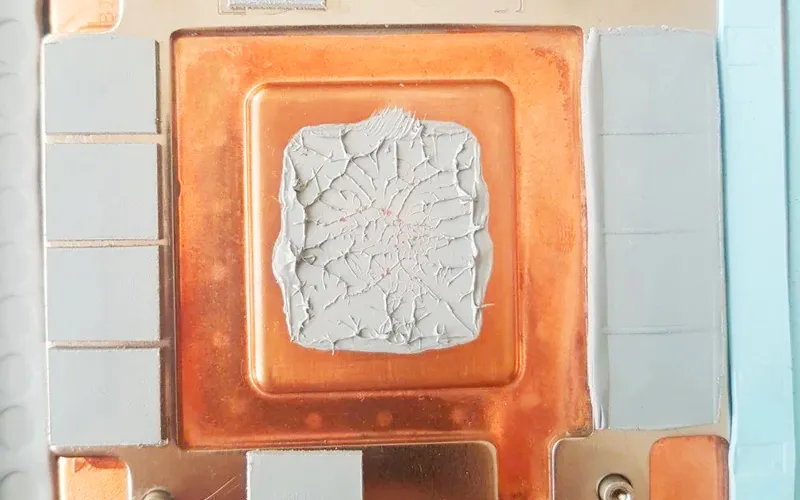Will Heat Make the Thermal Heat Pad Softer?
- Posted on:2024-06-04 10:13:00
- Source:AOK Thermal Pad Manufacturer FAQs
Heat can make a thermal heat pad softer. From -60 ~ 200°C, there is no significant variance in hardness for silicone gap pad materials and gap fillers. Thermal heat pads are typically made from materials that have a certain degree of elasticity and can be compressed to fill gaps and provide effective thermal conductivity. When exposed to heat, these materials can soften and become more pliable.
The softening of a thermal heat pad due to heat can be beneficial in certain applications. When the pad is placed between a heat-generating component (such as a CPU or GPU) and a heat sink, the heat from the component can cause the pad to conform to the surfaces, improving contact and enhancing heat transfer. The softening of the pad allows it to conform better to uneven surfaces or gaps, ensuring better thermal conductivity and reducing the risk of air pockets or hotspots.
However, it's important to note that the thermal heat pad should be designed to withstand the temperatures it will be exposed to in the specific application. Different thermal pads have different temperature ratings and limitations, and exceeding these limits can cause the pad to deteriorate or lose its effectiveness over time.
When selecting a thermal heat pad, consider the operating temperatures of your system and choose a pad that is suitable for those conditions. It's always recommended to follow the manufacturer's guidelines and specifications for the thermal heat pad to ensure optimal performance and longevity.
If you would like to learn more about AOK performance thermal materials, please visit our website at www.aok-technologies.com


